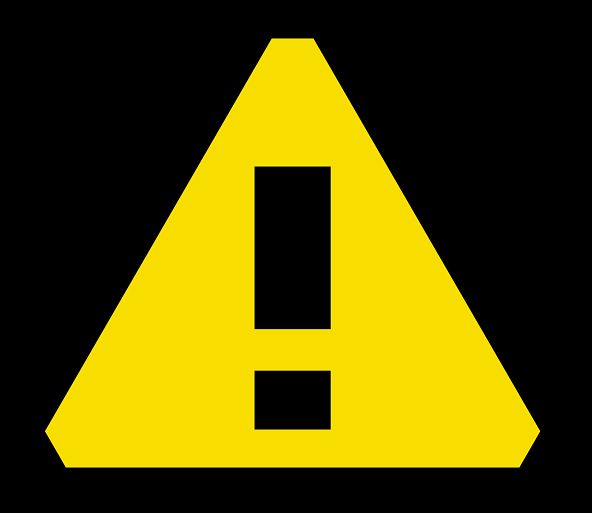FDA’s (GRAS) Loophole: Unchecked Ingredients and Mounting Health Concerns
By Sarah's Village

FDA’s Unsettling “Generally Recognized as Safe” (GRAS) Loophole: Unchecked Ingredients and Mounting Health Concerns
In the realm of food safety, one would assume that every ingredient in our food supply undergoes rigorous evaluation to ensure it poses no harm. However, the reality is far from this assumption. The FDA’s “Generally Recognized as Safe” (GRAS) designation, initially intended to streamline the approval process for well-known, benign substances, has turned into a controversial loophole. This loophole permits companies to use ingredients that haven’t been thoroughly evaluated for safety in decades, raising significant health concerns.
Understanding the GRAS Loophole
The GRAS provision, established in 1958, allows certain substances to bypass the formal FDA approval process if they are generally recognized, by qualified experts, as safe under the conditions of their intended use. This recognition can be based on a long history of common use in food or on the results of scientific research. Originally, this made sense for ingredients like salt and vinegar, which had a long history of safe consumption.
However, over the years, the GRAS list has expanded to include thousands of substances, many of which have not been scrutinized by independent or contemporary scientific methods. Companies are allowed to self-certify the safety of their ingredients without notifying the FDA, leading to a situation where potentially hazardous substances can enter the food supply unchecked.
The Consequences of the GRAS Loophole
-
Outdated Safety Evaluations: Many substances classified as GRAS were evaluated decades ago, and the criteria for safety back then may not meet today’s scientific standards. For example, some artificial sweeteners and preservatives were deemed safe based on studies conducted in the mid-20th century. Modern research, however, has raised questions about their long-term health effects, including potential links to cancer, metabolic disorders, and other chronic illnesses.
-
Lack of Transparency: The self-affirmation process means that companies are not required to inform the FDA or the public about new GRAS determinations. This lack of transparency makes it difficult for consumers and independent researchers to know which substances are being used in their food and to evaluate their safety.
-
Conflict of Interest: Allowing companies to conduct their own safety evaluations creates a significant conflict of interest. There is a clear incentive for companies to declare their products safe to facilitate market entry and avoid the costs associated with rigorous testing and FDA review.
-
Mounting Health Concerns: Numerous studies have emerged indicating that certain GRAS ingredients may pose health risks. For instance, partially hydrogenated oils, once considered GRAS, were later found to be a major source of trans fats, which are now known to contribute to heart disease. This led to the FDA's eventual decision to revoke their GRAS status, but only after years of widespread consumption and associated health impacts.
Examples of GRAS Ingredients Under Scrutiny
-
Artificial Sweeteners: Aspartame and sucralose, both classified as GRAS, have been linked to potential health issues such as migraines, metabolic disturbances, and even cancer in some studies. Despite these concerns, they remain widely used in diet sodas and other low-calorie products.
-
Preservatives: BHA (butylated hydroxyanisole) and BHT (butylated hydroxytoluene) are common preservatives in processed foods. Animal studies have suggested they may be carcinogenic, leading to their restriction in some countries, but they are still GRAS in the United States.
-
Flavorings and Additives: Natural and artificial flavorings, some of which have been on the GRAS list for decades, have not been subjected to recent safety evaluations. Ingredients like monosodium glutamate (MSG) and certain food colorings have been associated with adverse reactions and health concerns.
Moving Forward: The Need for Reform
To ensure the safety of our food supply, it is imperative to reform the GRAS system. Here are some proposed measures:
-
Mandatory FDA Notification and Review: Companies should be required to notify the FDA of all new GRAS determinations and submit comprehensive safety data for review.
-
Regular Re-evaluation of GRAS Substances: Existing GRAS substances should be re-evaluated periodically using current scientific standards and methods to ensure their continued safety.
-
Transparency and Public Access to Safety Data: Safety evaluations and GRAS determinations should be made publicly available to allow independent scrutiny and consumer awareness.
-
Independent Safety Assessments: To avoid conflicts of interest, safety assessments should be conducted by independent experts rather than by the companies that manufacture the substances.
The GRAS loophole, while originally well-intentioned, has evolved into a regulatory gap that allows potentially hazardous substances to permeate our food supply. As consumers, we deserve transparency and assurance that the ingredients in our food have been rigorously evaluated for safety. It is crucial for regulatory bodies, industry stakeholders, and the public to advocate for reforms that prioritize health and safety over convenience and profit. Only through such measures can we ensure that our food is not only generally recognized as safe but genuinely safe.





